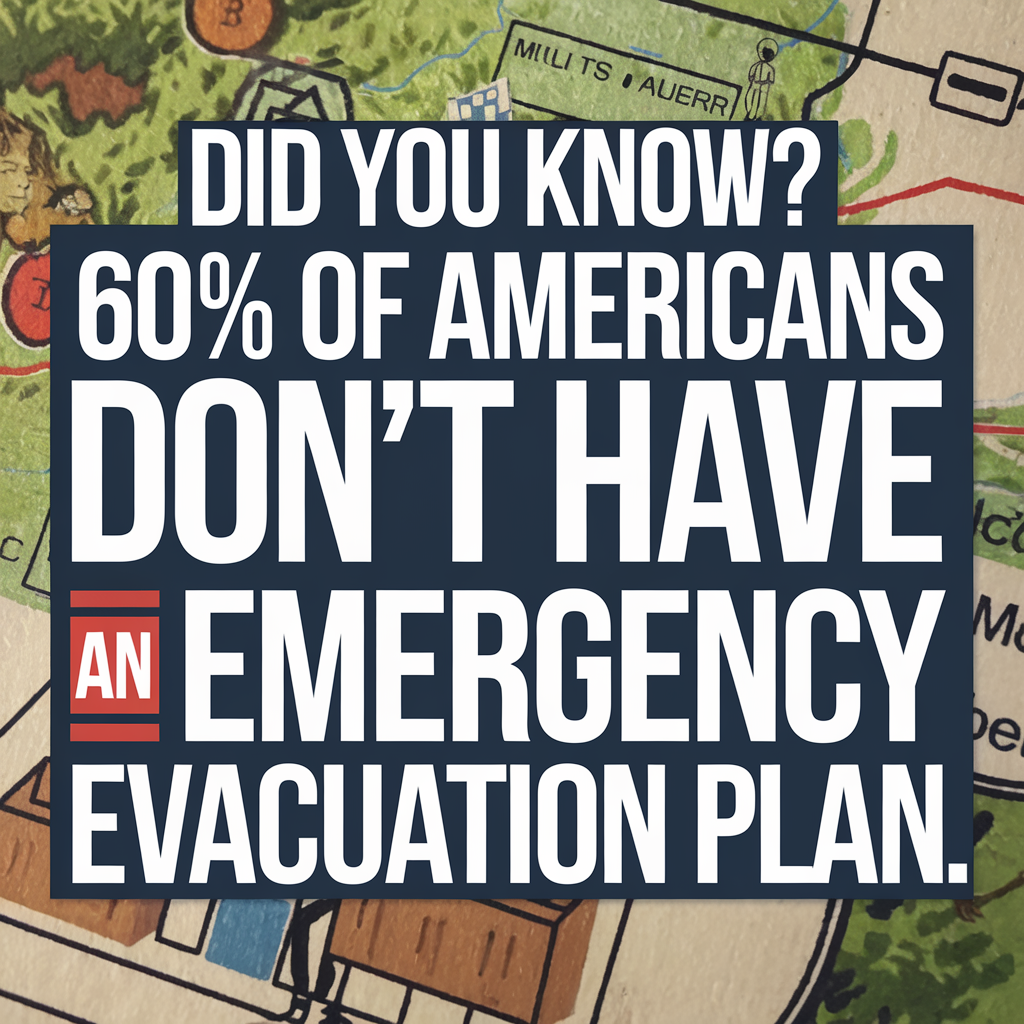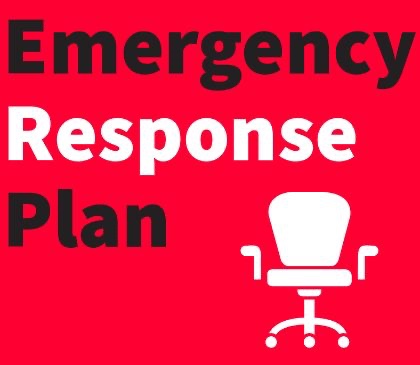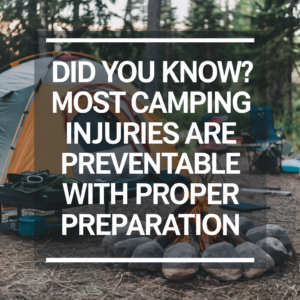
During emergencies, the need for swift and efficient evacuation may arise to ensure your safety and well-being. In this blog post, we’ll explore essential tips for emergency evacuation preparedness. From creating evacuation plans and assembling go bags to understanding evacuation routes and staying informed, these guidelines will help you navigate crisis situations and prioritize your safety.

Develop an Evacuation Plan: Be Prepared and Organized
Creating an evacuation plan is crucial for effectively responding to emergencies. Identify potential hazards in your area, such as natural disasters or other crises specific to your region. Determine primary and alternative evacuation routes and establish meeting points for your family or household members. Assign responsibilities and ensure that everyone understands their roles during an evacuation. Regularly review and practice your evacuation plan to ensure readiness.
Assemble Go Bags: Essential Supplies for Evacuation
Go bags, also known as emergency kits or bug-out bags, are pre-packed bags containing essential supplies for a quick evacuation. Include items such as non-perishable food, water, a first aid kit, a flashlight, extra batteries, a battery-powered radio, a multi-tool, a change of clothes, important documents, cash, medications, and personal hygiene items. Customize your go bag based on the specific needs of your family and the potential emergencies in your area.
Know Your Evacuation Routes: Familiarize Yourself with the Area
Understanding evacuation routes is essential for a swift and safe evacuation. Research and familiarize yourself with the primary and alternative evacuation routes in your area. Pay attention to signage and local authorities’ instructions during emergencies. Practice driving or walking the routes to become more familiar with them, allowing for better decision-making during high-stress situations.
Stay Informed: Access Real-Time Information
Stay informed about potential emergencies and receive real-time updates through various channels. Sign up for local emergency alerts and notifications to stay informed about evacuation orders, shelter locations, and other critical information. Stay updated through reliable news sources and official social media accounts. Accessing accurate and up-to-date information will guide your actions during an evacuation.
Communicate and Coordinate: Stay Connected with Loved Ones
Maintaining communication with your loved ones during evacuations is crucial. Establish a communication plan and share contact information with your family and friends. Utilize multiple communication methods, such as text messaging or social media platforms, as they are often more reliable during emergencies. Notify your designated emergency contact person of your whereabouts and keep them updated on your situation.
Practice Safe Evacuation Techniques: Stay Calm and Follow Instructions
During evacuations, it’s important to stay calm and follow instructions from emergency responders and authorities. Stay alert to changing conditions and adapt your actions accordingly. Avoid unnecessary risks and prioritize personal safety. Help those who may require assistance, such as children, elderly individuals, or people with disabilities. Cooperate with others and support a safe and orderly evacuation process.
Review and Learn from Past Evacuations: Continual Improvement
After an evacuation, take the time to review and learn from the experience. Assess what went well and identify areas for improvement. Update your evacuation plan and go bag contents based on lessons learned. Share your experiences with others to foster community resilience and preparedness. Continuous improvement ensures that you are better equipped to handle future evacuations.
Emergency evacuation preparedness is crucial for ensuring your safety during crisis situations. By developing an evacuation plan, assembling go bags, knowing your evacuation routes, staying informed, communicating effectively, practicing safe evacuation techniques, and continually learning from past experiences, you’ll be better prepared to navigate emergencies and protect yourself and your loved ones. Prioritize your safety, stay prepared, and be ready to respond when needed.
As an Amazon Associate we earn from qualifying purchases through some links in our articles.



